When you think of snakes, their most iconic feature might be their striking fangs or hypnotic eyes. However, the true marvel of snake anatomy lies in something less visible but far more revolutionary: their extraordinary jaw structure. Unlike our firmly fixed jaws, snakes possess a remarkable adaptation that allows them to consume prey many times larger than their own head diameter. This seemingly impossible feat is accomplished through what’s often described as a “split jaw” – a complex arrangement of bones, ligaments, and muscles that work together in perfect coordination. In this article, we’ll explore the fascinating science behind how snakes can unhinge their jaws and the evolutionary advantages this adaptation provides in the wild.
The Myth of the “Unhinged” Jaw
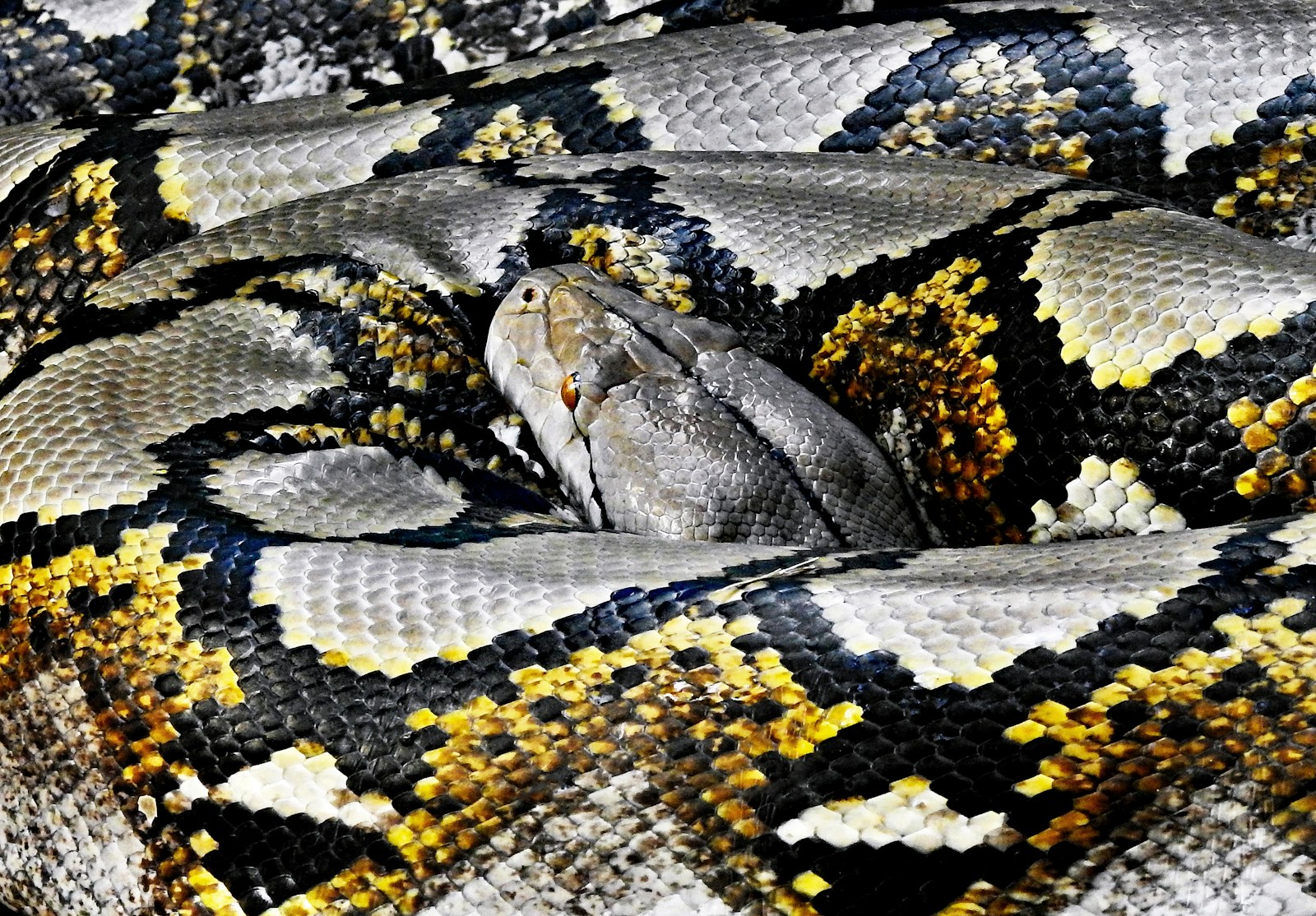
Contrary to popular belief, snakes don’t actually “unhinge” their jaws in the literal sense. This common misconception suggests that snakes can dislocate their jaw joints at will, but the truth is far more nuanced. Snakes never truly dislocate any bones during feeding. Instead, they possess a series of highly specialized joints and extremely elastic ligaments that allow for extraordinary mobility. These connections maintain their structural integrity while permitting an impressive range of motion that human jaws simply cannot achieve. Understanding this distinction is crucial for appreciating the true complexity of snake feeding mechanics and dispelling one of the most persistent myths about snake anatomy.
Evolutionary Origins of the Snake Jaw

The remarkable jaw structure of modern snakes represents one of evolution’s most sophisticated feeding adaptations. Fossil evidence suggests that early snake ancestors began developing more flexible jaw connections approximately 100-150 million years ago as they transitioned to a carnivorous lifestyle that emphasized swallowing prey whole. This evolutionary path diverged significantly from other reptiles, which typically tear or chew their food. As snakes evolved to become specialized predators, natural selection favored individuals with greater jaw flexibility, gradually leading to the highly mobile jaw structures we observe today. This adaptation allowed snakes to exploit food sources unavailable to competitors and colonize diverse ecological niches across the planet.
The Mandibular Joint: Key to Flexibility
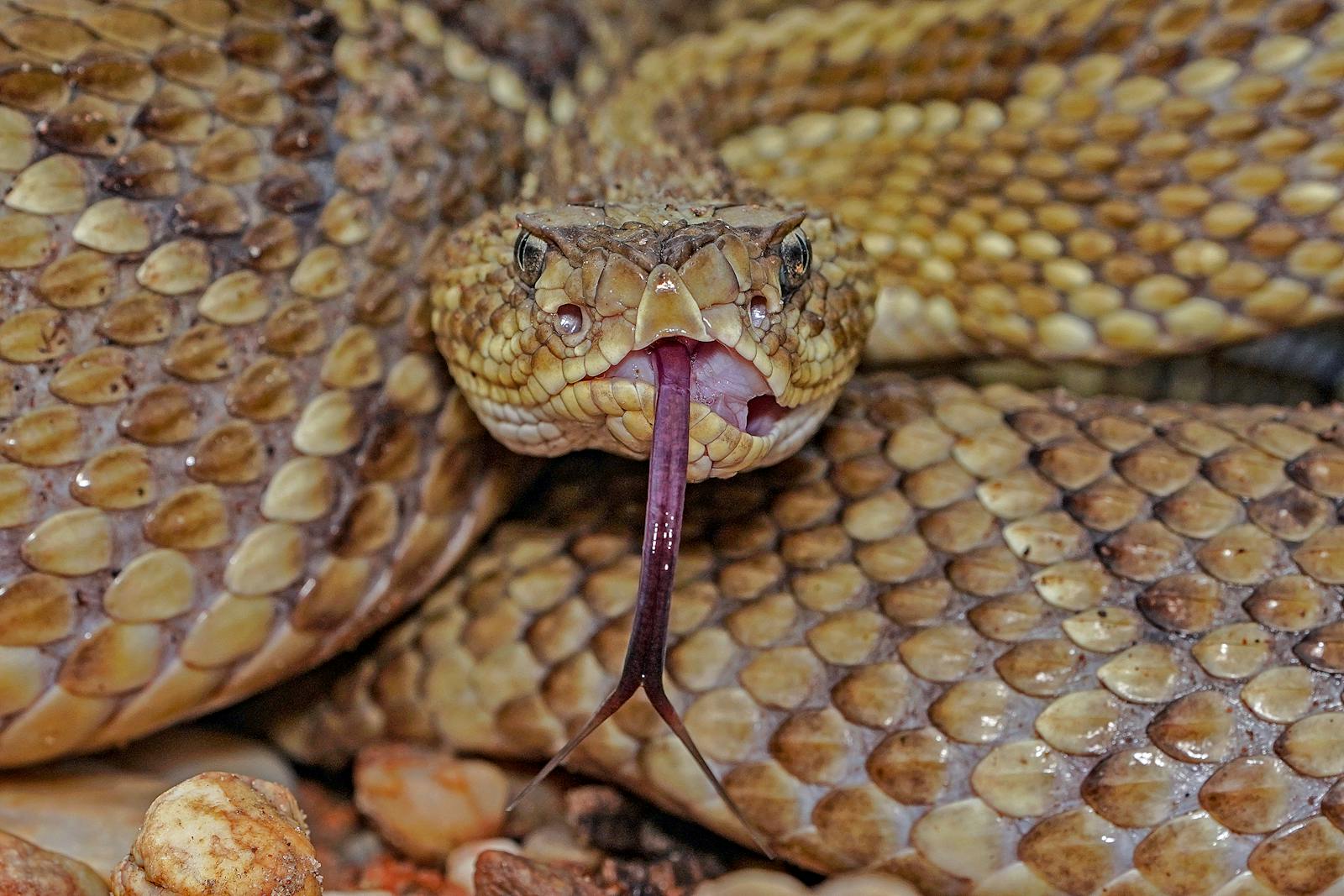
At the heart of a snake’s jaw flexibility is the mandibular joint, which functions fundamentally differently from our own temporomandibular joint (TMJ). In humans and most vertebrates, the mandible (lower jaw) connects directly to the skull through a relatively rigid hinge-like joint. Snakes, however, possess a mandible that consists of two long, slender bones connected at the front by an elastic ligament rather than a solid fusion. This creates what’s essentially a “split” in the lower jaw that can stretch significantly during feeding. Additionally, the point where the mandible connects to the skull has evolved to allow for substantial movement in multiple directions, not just the simple up-and-down motion we experience with our jaws.
The Quadrate Bone: The Hidden Facilitator
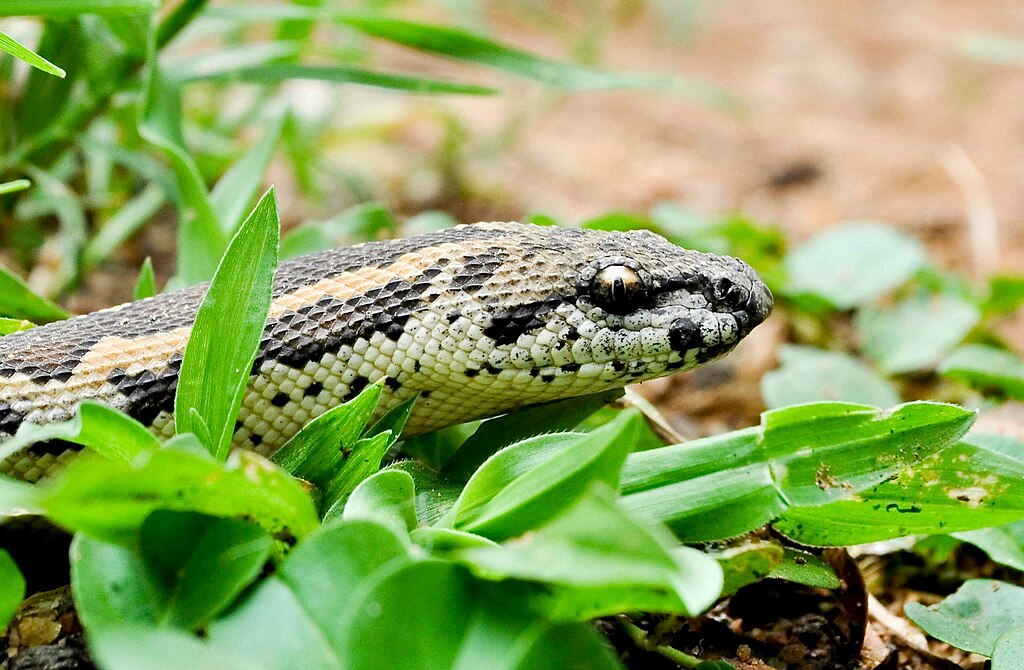
Behind the scenes of a snake’s extraordinary jaw mechanics lies an unsung hero: the quadrate bone. This specialized structure serves as an important intermediary between the snake’s skull and lower jaw, essentially functioning as a movable lever. Unlike in humans, where jaw bones connect directly to the skull, the quadrate bone in snakes can rotate backward significantly, increasing the overall gape size dramatically. When a snake prepares to consume large prey, the quadrate bones pivot outward and backward, sometimes rotating nearly 90 degrees from their resting position. This crucial adaptation effectively extends the total opening capacity of the mouth and plays a vital role in the snake’s ability to consume prey items that would otherwise be impossible to swallow.
The Role of the Palatal Complex
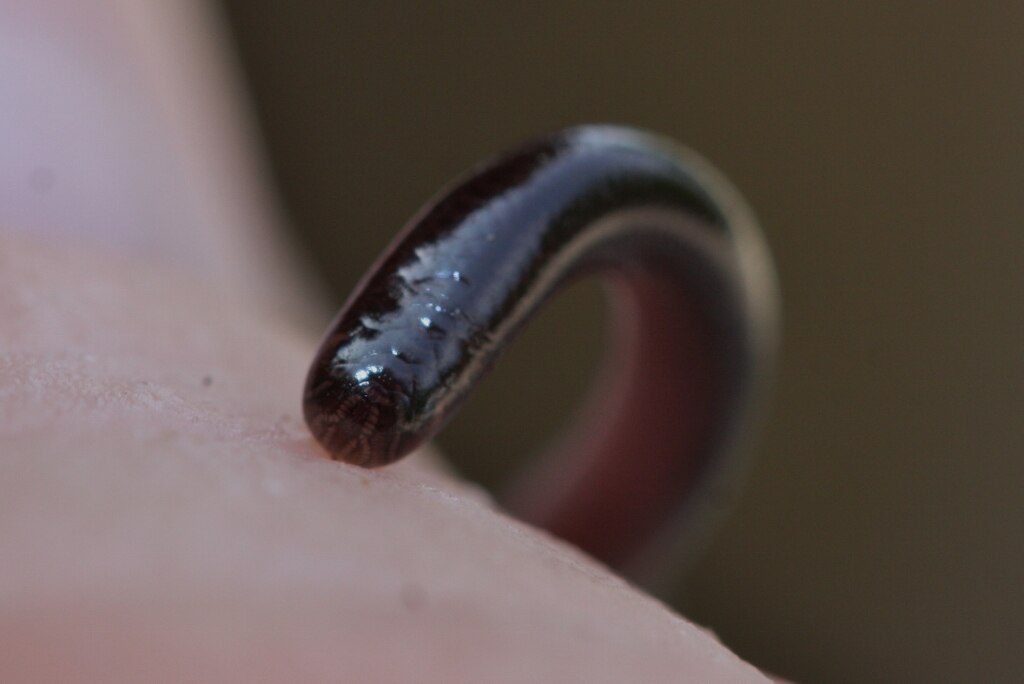
The upper jaw of a snake contains another marvel of evolutionary engineering: a complex set of bones collectively known as the palatal complex. Unlike our fixed upper jaw, snakes possess a highly kinetic skull with multiple movable bones, including the maxillae, palatines, and pterygoids. These bones can move independently of one another, creating a fascinating “walking” motion during feeding. As a snake consumes prey, these bones shift forward and backward alternately on each side of the head, effectively “walking” the prey deeper into the throat. This asynchronous movement works in conjunction with the snake’s curved teeth to create a conveyor belt-like system that gradually moves food toward the digestive tract without requiring the snake to tear its meal into smaller pieces.
Elastic Ligaments and Specialized Skin

The extraordinary stretching capability of a snake’s jaw system relies not only on specialized bones but also on remarkably elastic connective tissues. The ligaments connecting various jaw elements are incredibly stretchable, allowing for expansion far beyond what would be possible with conventional connective tissue. Complementing these elastic ligaments is the snake’s specialized skin, particularly around the mouth and neck region. This skin contains microscopic folds that unfurl during feeding, accommodating the dramatic expansion required to engulf large prey. The combination of these elastic tissues with the specialized bone structure creates a feeding apparatus that can, in some species, expand to several times its resting diameter without suffering damage or compromising functionality.
How Snakes Breathe While Swallowing
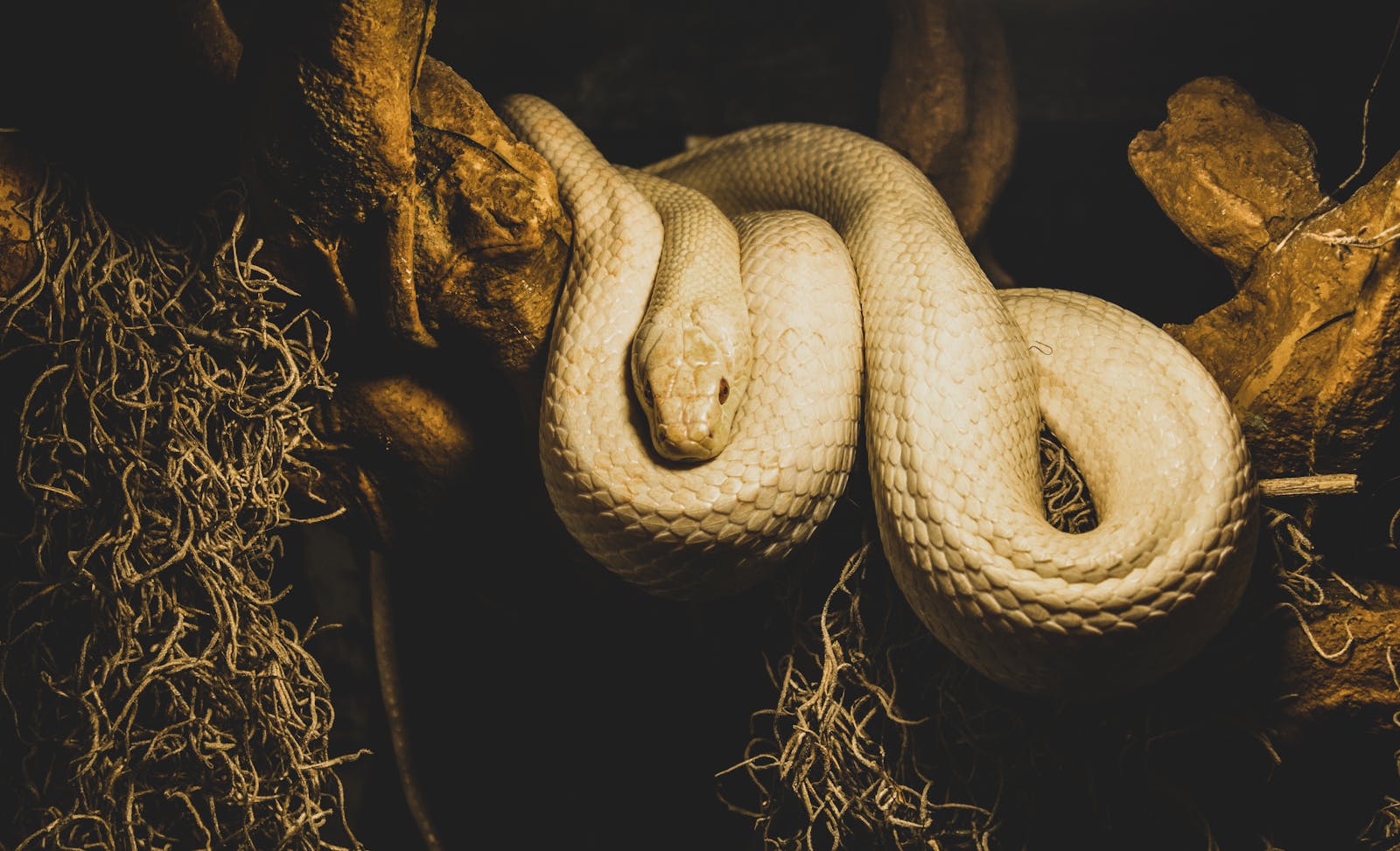
A challenge for any animal attempting to swallow large prey whole is maintaining the ability to breathe during what can be a lengthy process. Snakes have evolved a fascinating solution to this problem: their glottis, or breathing tube opening, can extend forward out of the mouth during feeding. Located at the bottom of a snake’s mouth, this specialized adaptation allows the reptile to continue drawing air even when its mouth and throat are completely occupied by prey. The glottis essentially functions as a snorkel, protruding from the side of the mouth and providing a direct airway to the lungs. This remarkable adaptation ensures oxygen supply continues uninterrupted during swallowing sequences that might last several hours for particularly large meals.
Size Limits and Record-Breaking Meals

While a snake’s jaw system is extraordinarily adaptable, even this remarkable structure has its limits. The maximum prey size a snake can consume depends on several factors, including the species’ head structure, body diameter, and overall size. Some of the most impressive feedings documented involve pythons and anacondas consuming prey up to 1.6 times their own body mass—equivalent to a human swallowing a whole sheep. The record-holders among snakes typically belong to the family Boidae (boas) and Pythonidae (pythons), whose muscular bodies can accommodate and digest extremely large prey items. Despite these impressive capabilities, snakes sometimes misjudge prey size, resulting in rare but documented cases of snakes dying from attempting to consume items too large for their bodies to process.
Different Feeding Specializations Among Snake Species
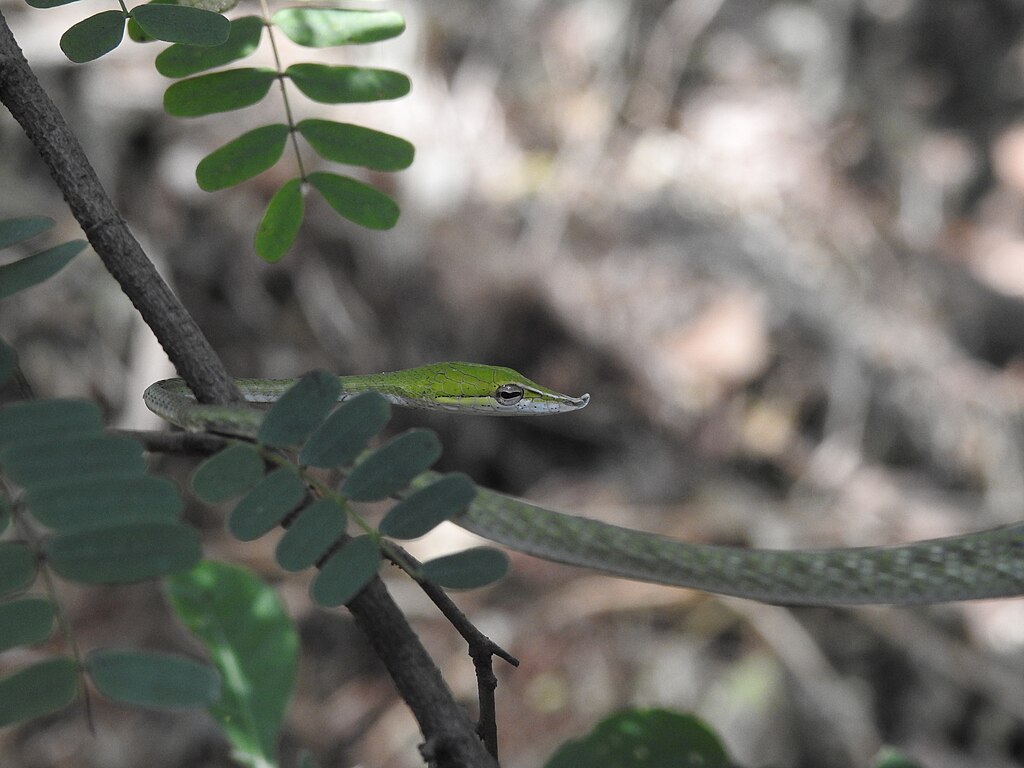
While all snakes share the fundamental split-jaw adaptation, various species have evolved specialized modifications to their basic jaw structure that reflect their particular dietary preferences. Egg-eating snakes possess minimal teeth but highly elastic jaw connections that allow them to swallow eggs whole before crushing them internally and regurgitating the empty shells. Venomous snakes like vipers have developed folding fangs that can rotate into position when striking but tuck away when the mouth closes. Aquatic species that feed on slippery fish often have additional rows of teeth to improve their grip on elusive prey. These specialized adaptations demonstrate how the fundamental split-jaw structure has been further refined through evolution to address the specific feeding challenges faced by different snake species in their respective ecological niches.
The Biomechanics of Swallowing
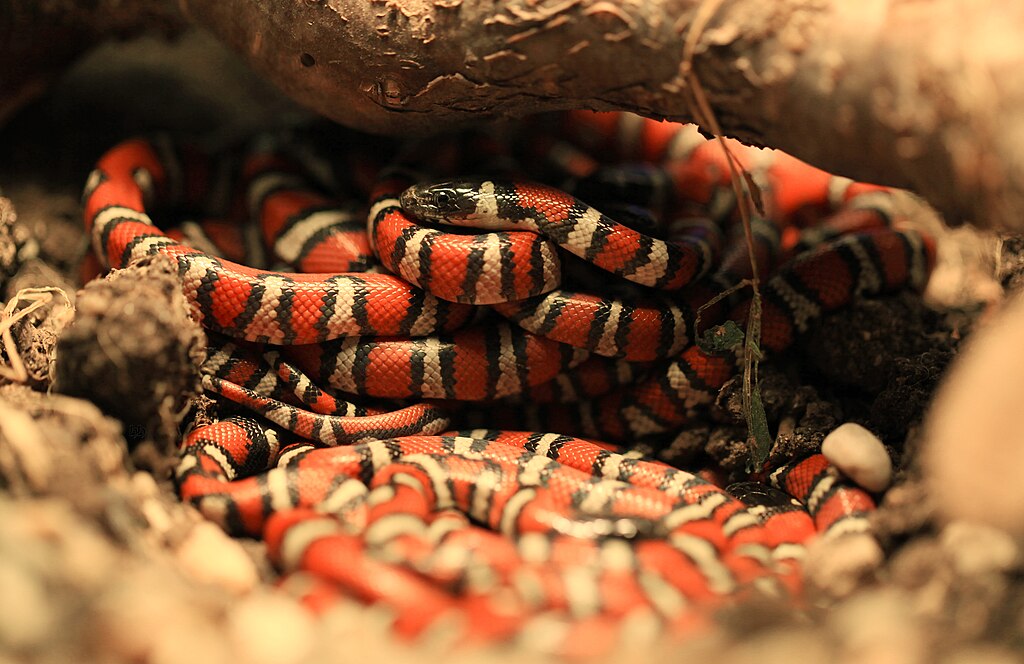
The process of a snake swallowing prey involves a complex sequence of biomechanical actions that work in harmony to transport food from the mouth to the stomach. After securing prey with their teeth, snakes begin a remarkable alternating “walking” motion of the jaw bones on either side of the head. As one side of the jaw moves forward and sinks its teeth into the prey, the opposite side releases and moves forward, creating a ratcheting action that gradually pulls the prey inward. This process is aided by powerful neck muscles that literally squeeze the food toward the digestive tract. Specialized backward-pointing teeth ensure that prey can only move in one direction—toward the stomach—preventing any possibility of escape once the swallowing process has begun.
Post-Feeding Jaw Recovery
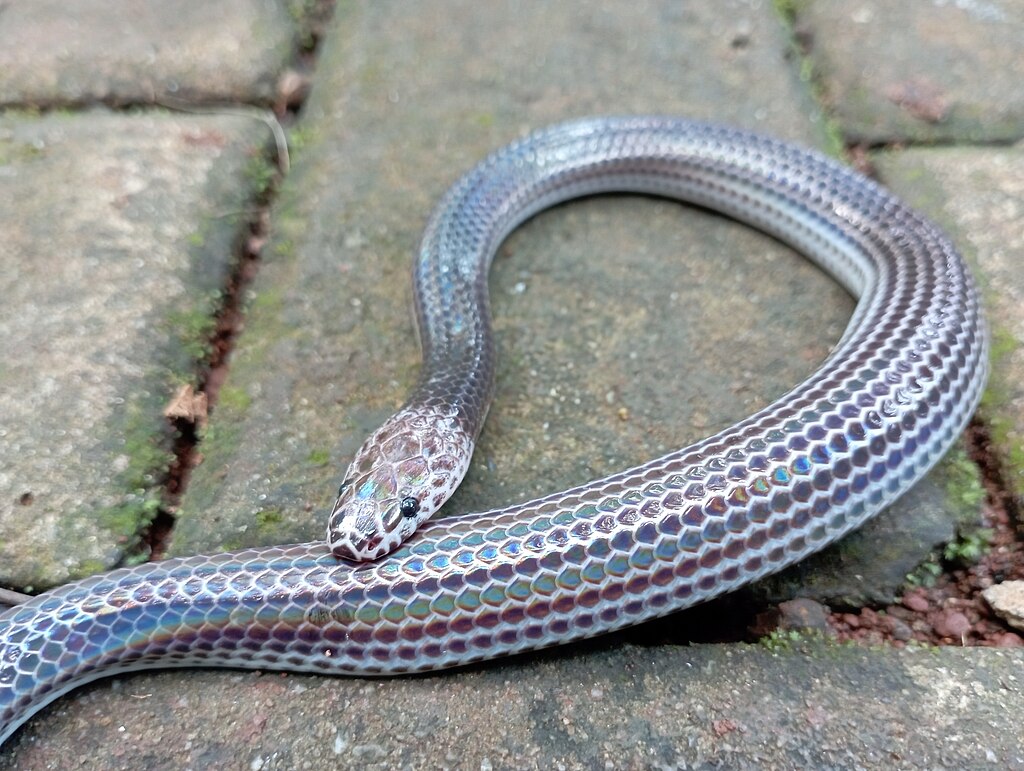
After completing a meal, particularly a substantial one, a snake’s jaw must return to its normal configuration. This recovery process happens remarkably quickly in most cases, with the various bones and ligaments returning to their resting positions within minutes after swallowing is complete. The elastic nature of the connective tissues helps snap the structures back into place without requiring active muscular effort. However, the internal processing of large meals takes considerably longer, with digestion potentially lasting days or even weeks depending on the size of the prey and environmental temperature. During this digestive period, snakes typically become less active and seek secure locations where they can rest undisturbed as their bodies work to break down and absorb nutrients from their substantial meals.
Medical and Technological Inspirations

The remarkable mechanics of snake jaws have not gone unnoticed by scientists working in fields beyond herpetology. Biomedical engineers have drawn inspiration from snake feeding mechanisms when designing flexible surgical tools that can navigate complex internal pathways within the human body. Robotics researchers have created snake-inspired robots with articulated segments that mimic the movement capabilities of their biological counterparts, useful for search-and-rescue operations in confined spaces. Materials scientists study the elastic properties of snake ligaments to develop new synthetic materials with enhanced flexibility and durability. These biomimetic applications demonstrate how understanding natural adaptations like the snake’s split jaw can lead to innovative solutions across various technological fields, showcasing the value of biological research beyond its immediate scientific context.
The split jaw of snakes represents one of nature’s most elegant solutions to the challenge of consuming prey whole. This complex system of movable bones, elastic ligaments, and specialized muscles demonstrates the remarkable adaptability of vertebrate anatomy through evolutionary processes. From the mandibular joint to the independently moving palatal bones, every aspect of this feeding apparatus works in precise coordination to accomplish what seems impossible – allowing an animal to consume prey items significantly larger than its own head. As we continue to study these fascinating creatures, we gain not only a deeper appreciation for their unique biology but also potential insights that might inform innovations in medicine, robotics, and materials science. The snake’s split jaw remains a testament to the extraordinary engineering capabilities of natural selection and the endless wonders of evolutionary adaptation.





